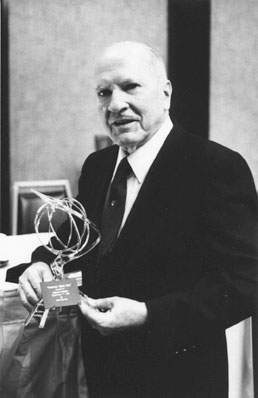 The February, 1952 issue of Galaxy opens with two articles, and I don’t usually cover articles when I’m reviewing the fiction of each issue. In this case, I couldn’t resist commenting on Robert A. Heinlein’s article: “Where To?”
The February, 1952 issue of Galaxy opens with two articles, and I don’t usually cover articles when I’m reviewing the fiction of each issue. In this case, I couldn’t resist commenting on Robert A. Heinlein’s article: “Where To?”
The first article is by L. Sprague de Camp, commenting on how science-fiction predictions from the late nineteenth and early twentieth centuries failed on many levels. So it is ironic, I think, that it’s is followed by Heinlein’s, which gives its own point-blank predictions for the future. Heinlein feels that by comparing the present (that is, 1952) to the past (1900), he can reasonably predict what the future (2000) would look like.
Heinlein believes that the curve of human achievement — advances in science, technology and transportation, for example — is one that will rise with increased steepness. And in a graph he provides, it reminds me of an exponential increase (no numbers are shown, so that’s just a guess on my part).
Heinlein’s predictions fall into two categories — achievements that are probable and things we won’t get any time soon, if ever. He was almost 100% correct (or arguably perfect) on the items we would not achieve by 2000: time travel, traveling faster than the speed of light, control of telepathy or E.S.P. phenomena, “radio” transmissions of matter, real understanding of what “thought” is and how it is related to matter, scientific proof of survival after death, manlike robots with manlike reactions (Asimo, the Honda robot wasn’t introduced until late 2000), and a permanent end to war. One item that’s arguable is laboratory creation of life, depending on whether or not cloning counts.
…
Read More Read More









